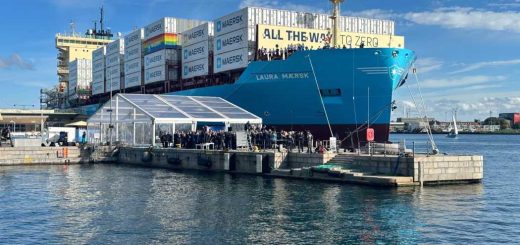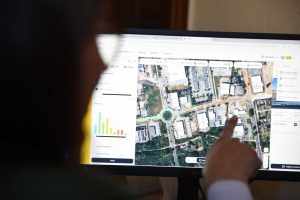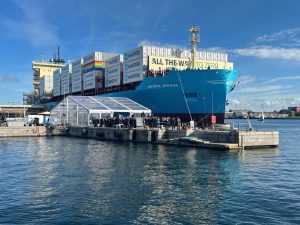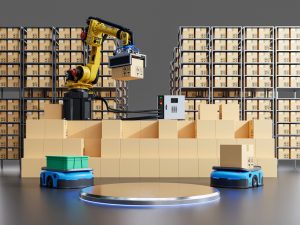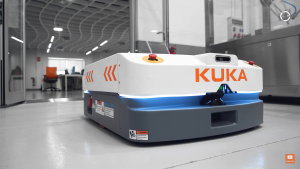Digital innovation combines economy and ecology

Energy Communities generate and use energy together with a focus on renewable forms of energy. Digital platforms manage networking and administration for participating municipalities, companies and private individuals.
Energy communities are an innovative concept for municipalities, companies and private individuals for the sustainable implementation of the energy transition. The joint, local-regional production, use and sharing of renewable forms of energy such as solar, wind and hydropower or biomass is economical and makes an active contribution to climate protection. A typical example is an apartment building with a photovoltaic system on the roof.
There are two types of energy communities: renewable energy communities (EEG) and citizen energy communities (BEG). EEGs only use renewable energy sources. They are spatially limited, organized as a local-regional community. The geographical proximity increases efficiency and reduces grid utilization. Participants also benefit from a reduction in grid fees. Large companies are excluded from participating in EEG.
Operation and administration
Citizens’ energy communities (BEG) are not subject to any geographical restrictions and are therefore accessible to any metering point in Austria. As full use of the electricity grid is possible, there is no reduction in grid fees for participating members. In contrast to the EEG, there are no restrictions on the energy sources used in the BEG and larger companies can also participate. These benefit, for example, from the possibility of using electricity from company-owned photovoltaic systems across multiple locations.
The IT service provider CANCOM Austria has developed its own digital energy community platform for the operation and management of these energy communities. “It includes an administration level with individual access for the participants, the necessary interfaces for data exchange and a billing function for creating invoices, credit notes and reports,” explains Jürgen Krammer, Product Manager Energy Communites CANCOM Austria.
Local community spirit
The platform is already being used by over 100 energy communities in Austria. Other advantages include the fact that both feeders and purchasers of energy benefit from lower electricity prices and state benefits and are less dependent on price fluctuations thanks to self-determined pricing.
Sustainability is also an issue. The local focus reduces grid utilization and renewable energies reduce CO2 emissions. In addition to the economic and ecological benefits, the idea of community is also important. “Energy communities promote social cohesion through their regional impact. Participation is also becoming increasingly interesting for small companies, as conditions and costs are constant and economical in the long term,” says Krammer from CANCOM Austria.
Marketing and value creation
In addition to the economic benefits, companies can also use their EEG participation for marketing and corporate social responsibility (CSR). The ecological commitment also promotes customer loyalty and new business ideas. CANCOM Austria also operates an energy community for a data center in Kapfenberg, Styria. The electricity also comes from employees living throughout Austria, who make their self-produced energy available.
The next development steps for the energy platform include digital signatures and intelligent elements such as machine learning. “This means that electricity distribution can be controlled on a seasonal or weather-dependent basis. All of this accelerates the energy transition and helps people to better understand the relationships between energy generation and consumption – and adapt their behavior accordingly,” emphasizes Jürgen Krammer from CANCOM Austria.

